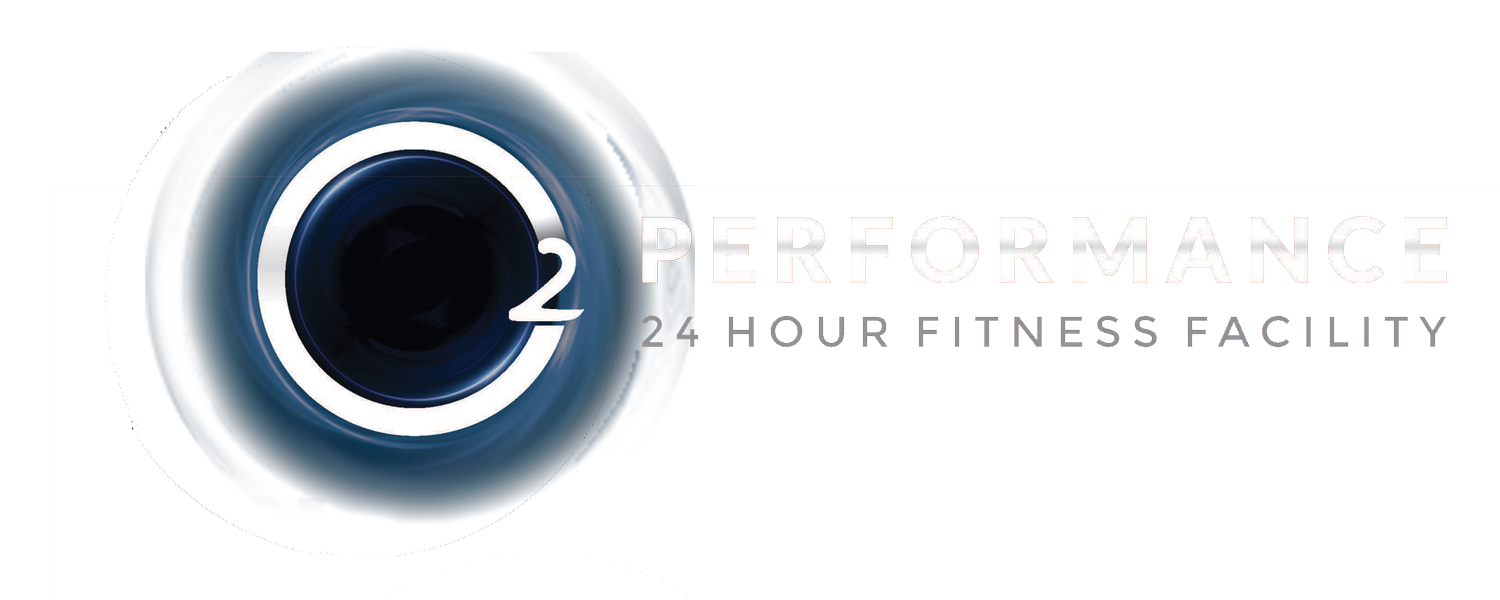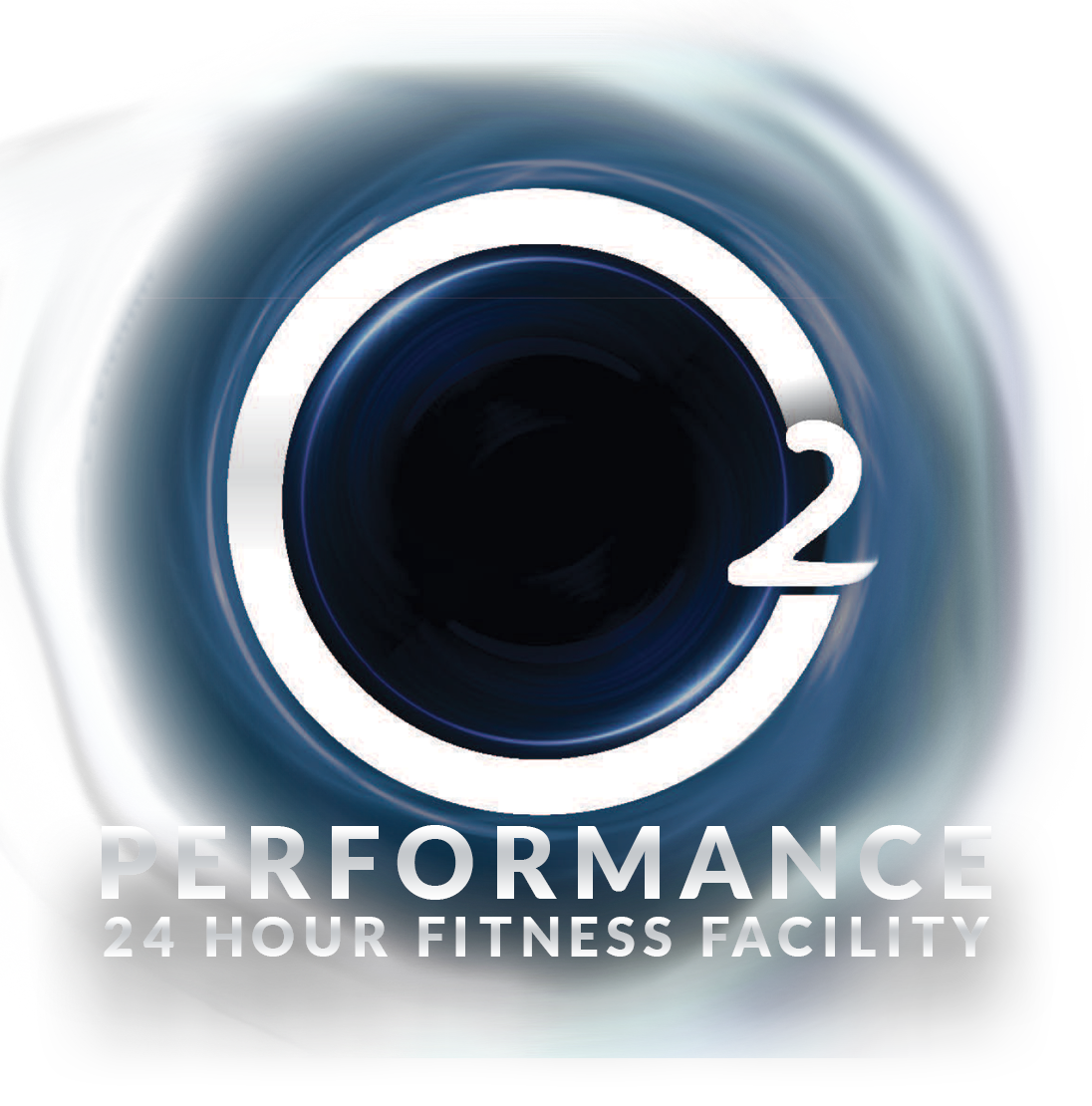The 5 Biggest Mistakes New Gym-Goers Make (and How to Avoid Them)
The Gym Rookie Experience
So, you've signed up for the gym. Maybe you got inspired by a New Year’s resolution, a summer body goal, or that friend who suddenly got ripped. Whatever the reason, welcome to the Iron Jungle.
But let’s be honest—walking into a gym for the first time can be intimidating. There’s a sea of machines, people lifting heavy weights like it’s nothing, and that one guy who grunts loud enough to be heard across the city.
It’s easy to feel lost. And in that confusion, many beginners make mistakes that slow their progress or even lead to injuries. The good news? These mistakes are avoidable. Let’s go through the five biggest ones and make sure you don’t fall into the same traps.
Mistake #1: Lifting Too Heavy, Too Soon
We get it—you want results fast. But throwing around weights that your body isn’t ready for is a surefire way to get injured.
Why This Is a Problem:
Poor form leads to injury. If you can't control the weight, your body will compensate in all the wrong ways.
Strength builds over time. Your muscles, joints, and tendons need time to adapt.
Ego-lifting (lifting just to impress others) does nothing for your progress.
How to Avoid It:
Start light and focus on form. Mastering technique now will pay off later when you increase the weight safely.
Follow the "progressive overload" principle—gradually increase the weight as you get stronger, not all at once.
If you're unsure about a weight, use a weight you can lift with good form for at least 8-12 reps. If your form breaks down, it’s too heavy.
Mistake #2: Not Following a Program
Walking into the gym without a plan is like going grocery shopping without a list—you’ll wander around, waste time, and probably pick the wrong things.
Why This Is a Problem:
Random workouts lead to random results. If you just do whatever feels good that day, you're not training effectively.
Progress requires structure. A good workout program ensures you're training all muscle groups, progressing, and recovering properly.
Guesswork leads to plateaus. Without a structured plan, you’ll quickly hit a point where you stop seeing results.
How to Avoid It:
Follow a structured program that aligns with your goals (muscle building, fat loss, strength, etc.).
Stick with a program for at least 8-12 weeks before deciding if it’s working.
If you’re lost, consider hiring a personal trainer or following a beginner-friendly program from a reputable source.
Mistake #3: Bad Form (And Learning From the Wrong People)
If your squat looks like you’re auditioning for a horror movie, we have a problem.
Why This Is a Problem:
Bad form leads to injuries, sometimes serious ones.
You won’t target the right muscles, meaning your workouts won’t be effective.
Copying influencers or gym bros with poor technique can set you up for failure.
How to Avoid It:
Learn proper form before increasing weight. If you're unsure, film yourself or ask a qualified trainer.
Stick to science-backed techniques, not flashy social media workouts.
Prioritise full range of motion and control over lifting the heaviest weight possible.
Mistake #4: Skipping Warm-Ups and Cooldowns
We get it, warming up isn’t exciting. But skipping it is like starting a car in winter and flooring the gas—it won’t end well.
Why This Is a Problem:
Cold muscles are prone to injury. Jumping straight into heavy lifting can strain muscles and joints.
Warming up improves performance by increasing blood flow and preparing your nervous system.
Skipping cooldowns can lead to stiffness and poor recovery.
How to Avoid It:
Spend 5-10 minutes warming up with light cardio and dynamic stretching.
Do specific warm-up sets before lifting heavy. For example, if you’re squatting, start with bodyweight squats or light barbell reps.
Cool down with static stretching and deep breathing to promote recovery.
Mistake #5: Expecting Instant Results (And Losing Motivation)
Wouldn’t it be great if you could see abs after one workout? Unfortunately, that’s not how it works.
Why This Is a Problem:
Unrealistic expectations lead to frustration and quitting too soon.
Fitness is a long-term game—your body needs time to change.
Social media can set false expectations with edited photos and misleading claims.
How to Avoid It:
Set realistic goals (e.g., "I want to lose 1-2 pounds per week" or "I want to add 10lbs to my squat in a month").
Track small wins like improved endurance, better form, or increased strength.
Stay consistent—results come from months of effort, not just a few gym sessions.
Final Thoughts: Keep It Simple, Stay Consistent
Starting the gym doesn’t have to be complicated. Avoid these five mistakes, and you’ll be ahead of most beginners.
✅ Focus on proper form over heavy weights.
✅ Follow a structured workout program.
✅ Warm up before lifting and cool down after.
✅ Be patient and trust the process.
The gym is a journey, not a sprint. Train smart, stay consistent, and enjoy the progress.

